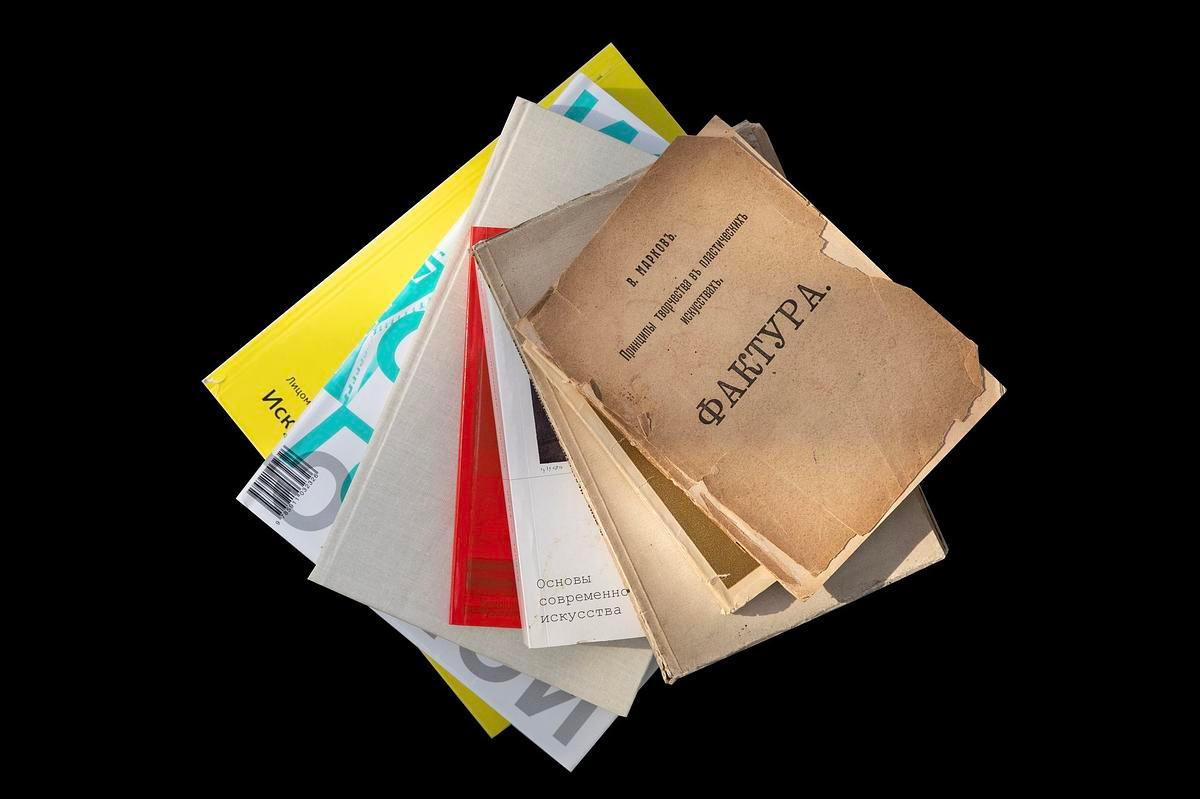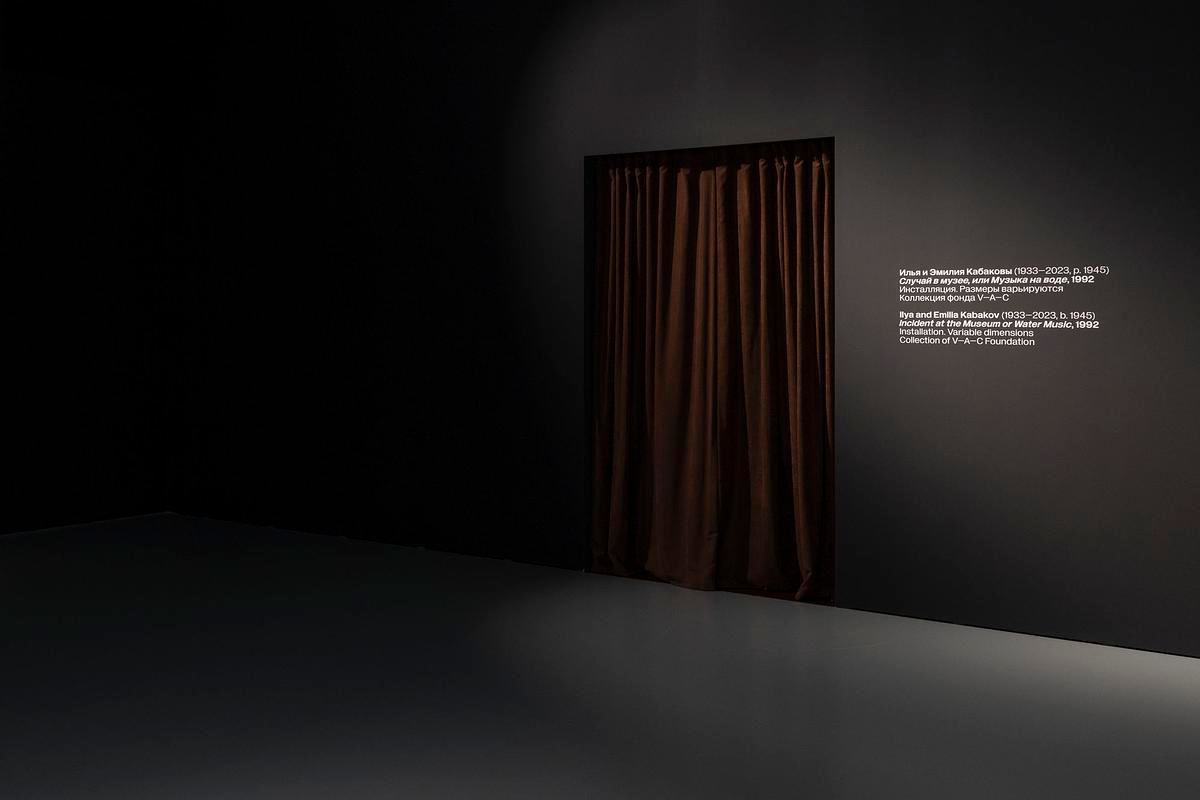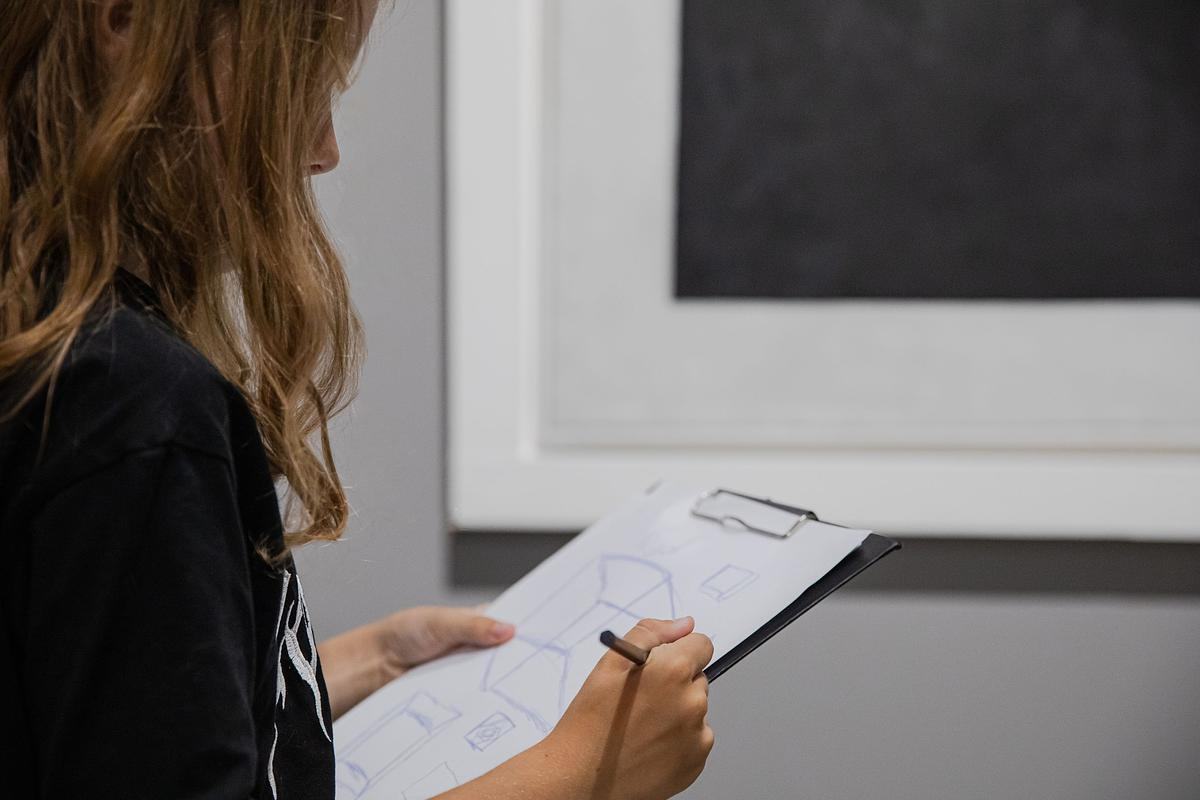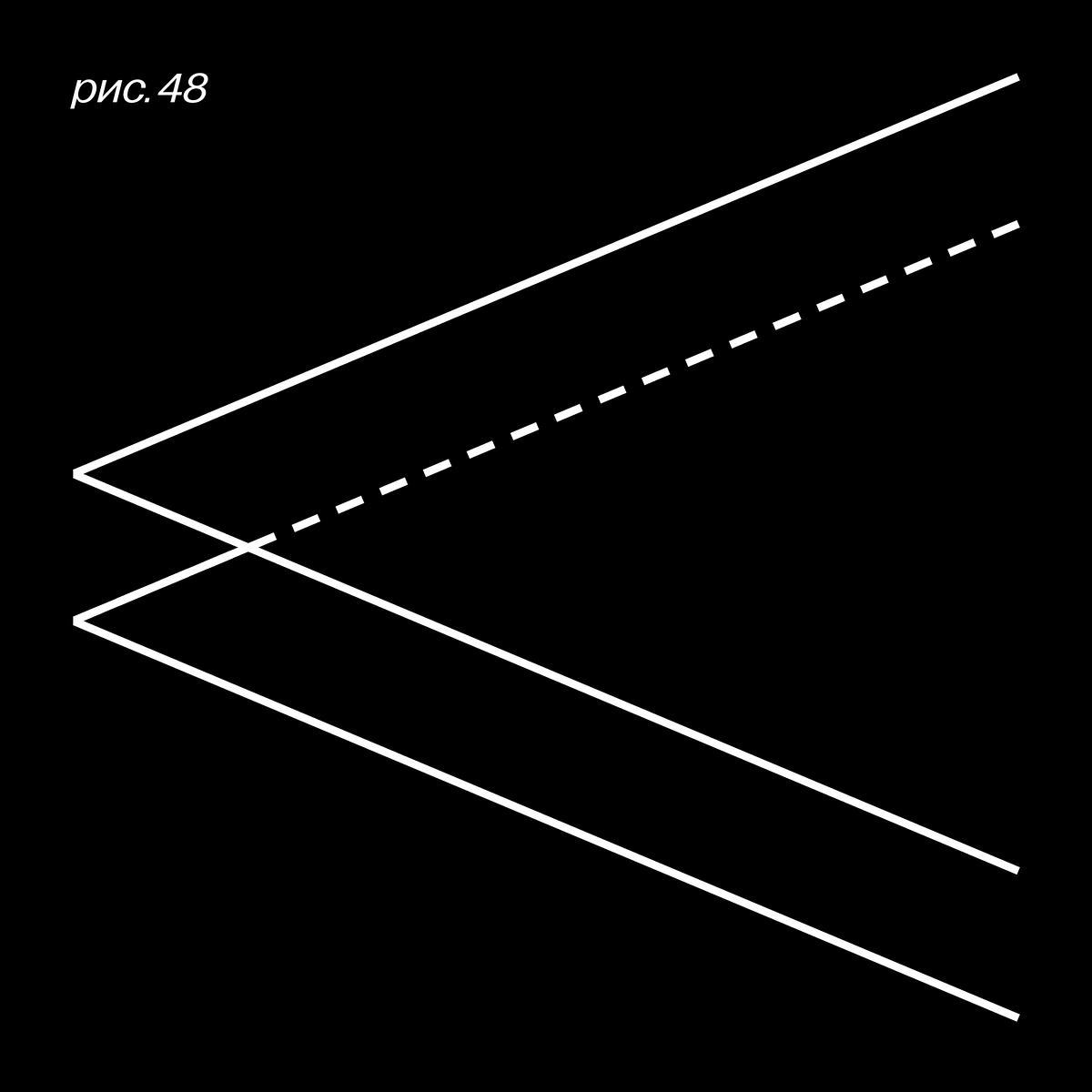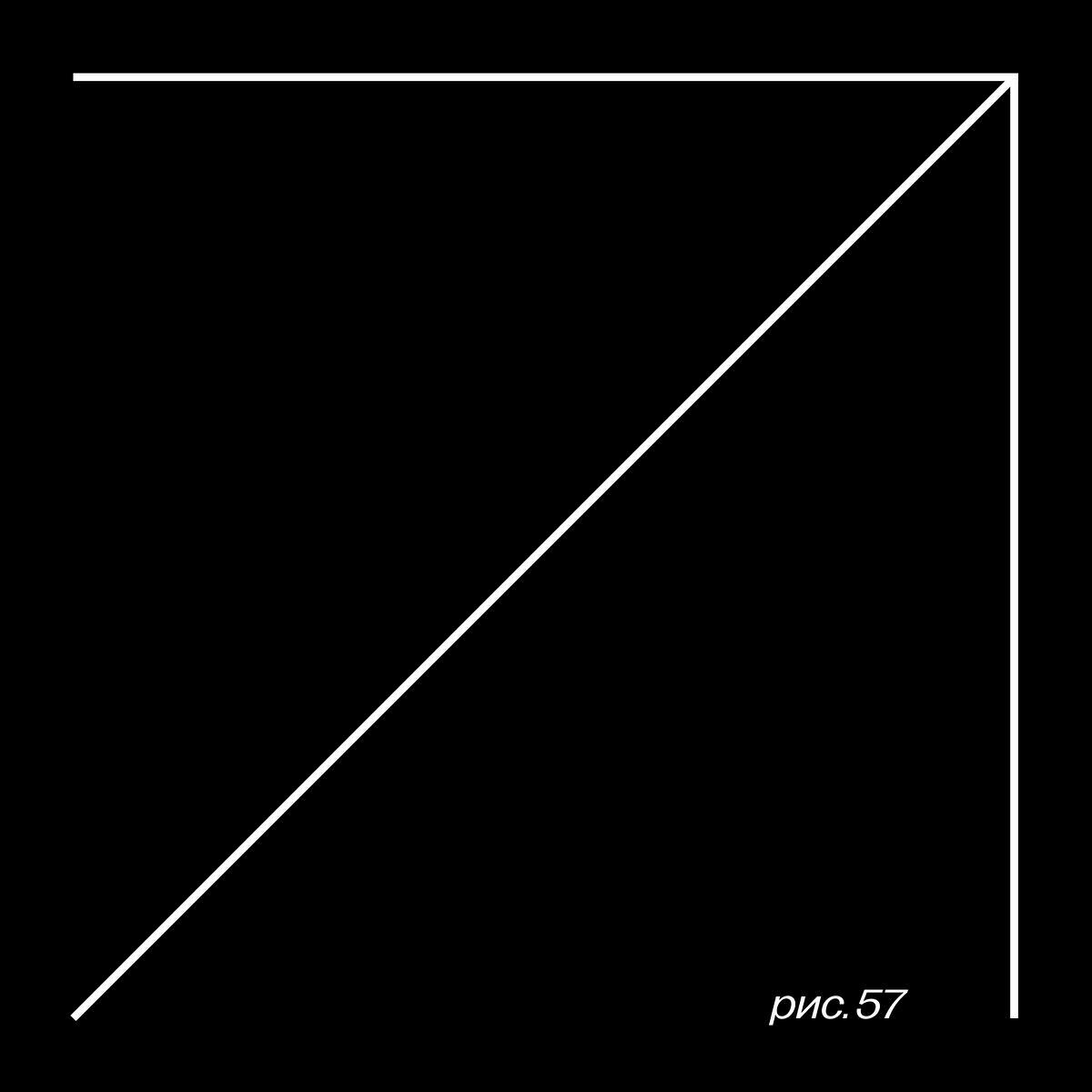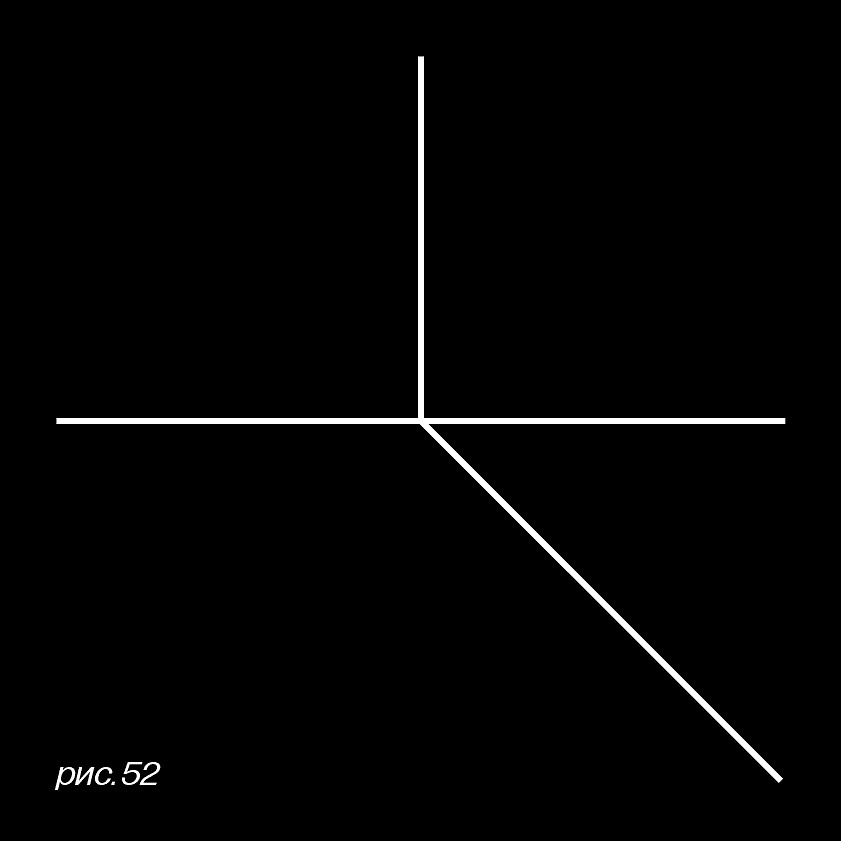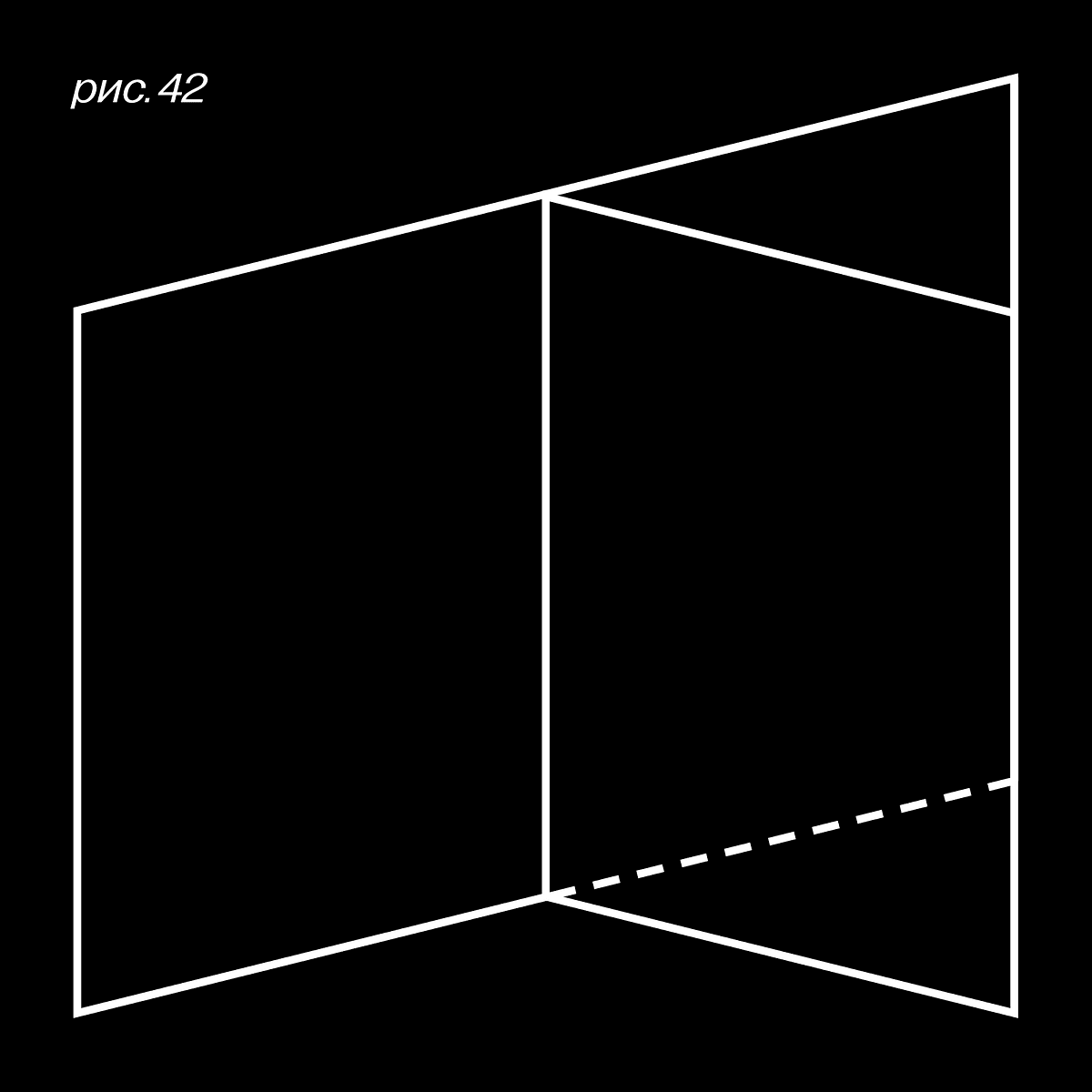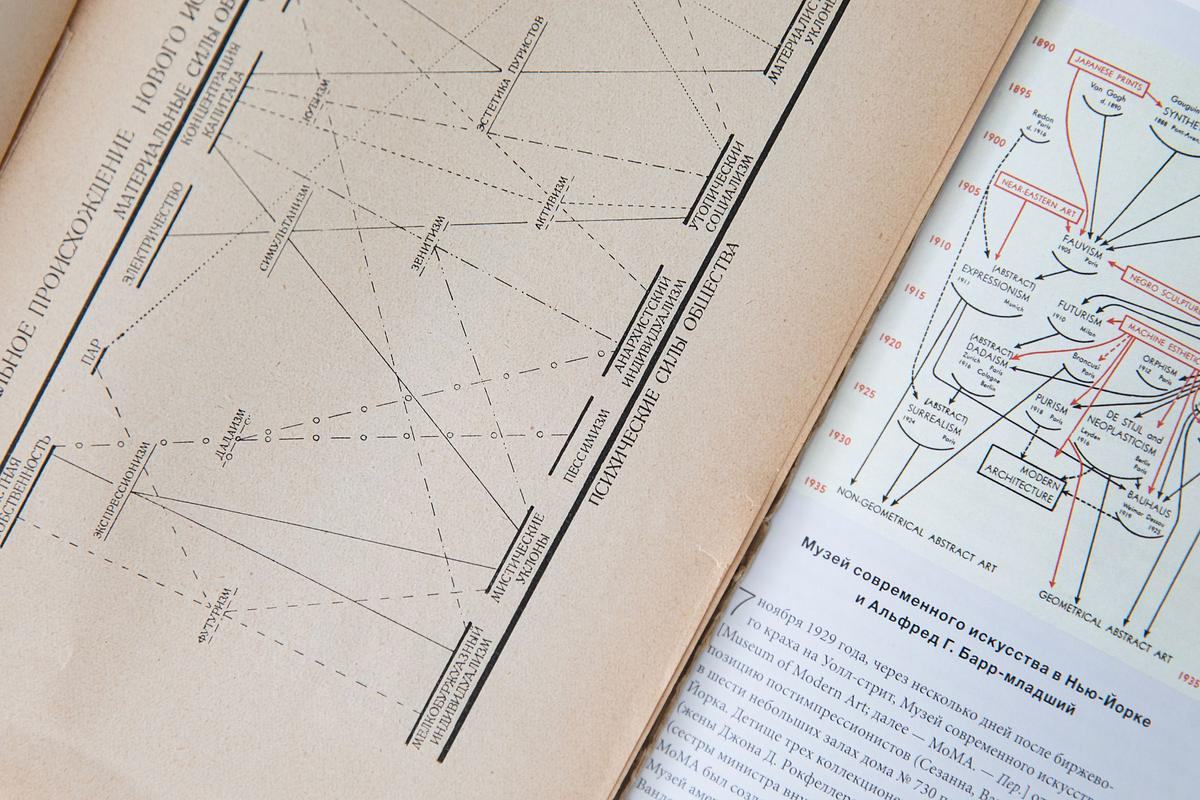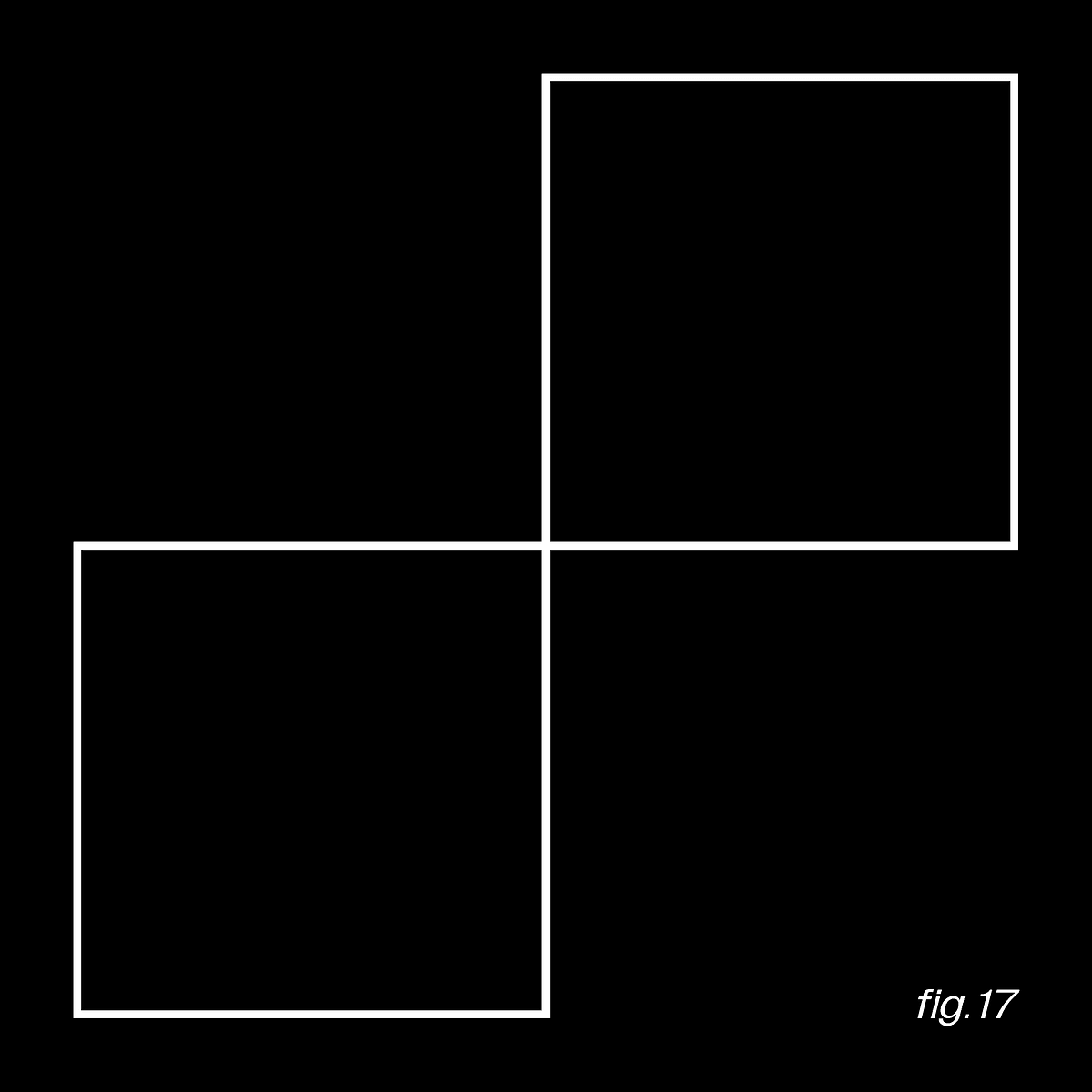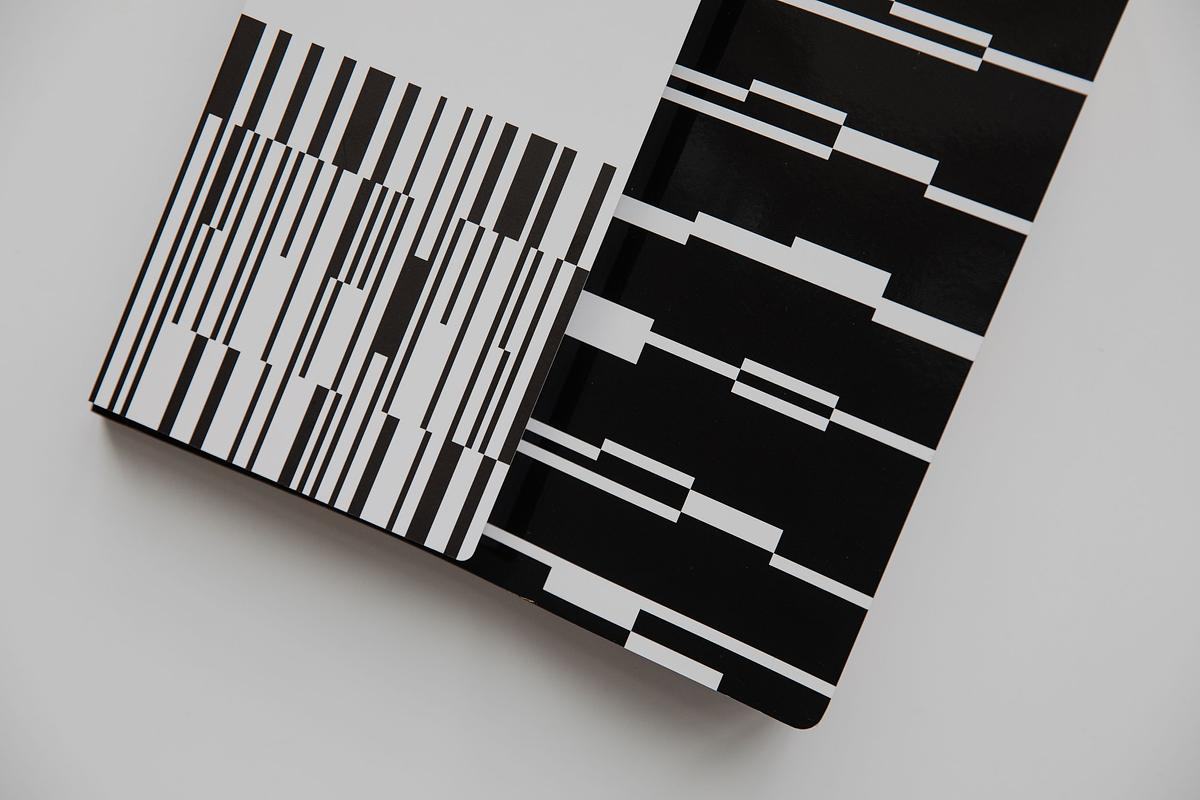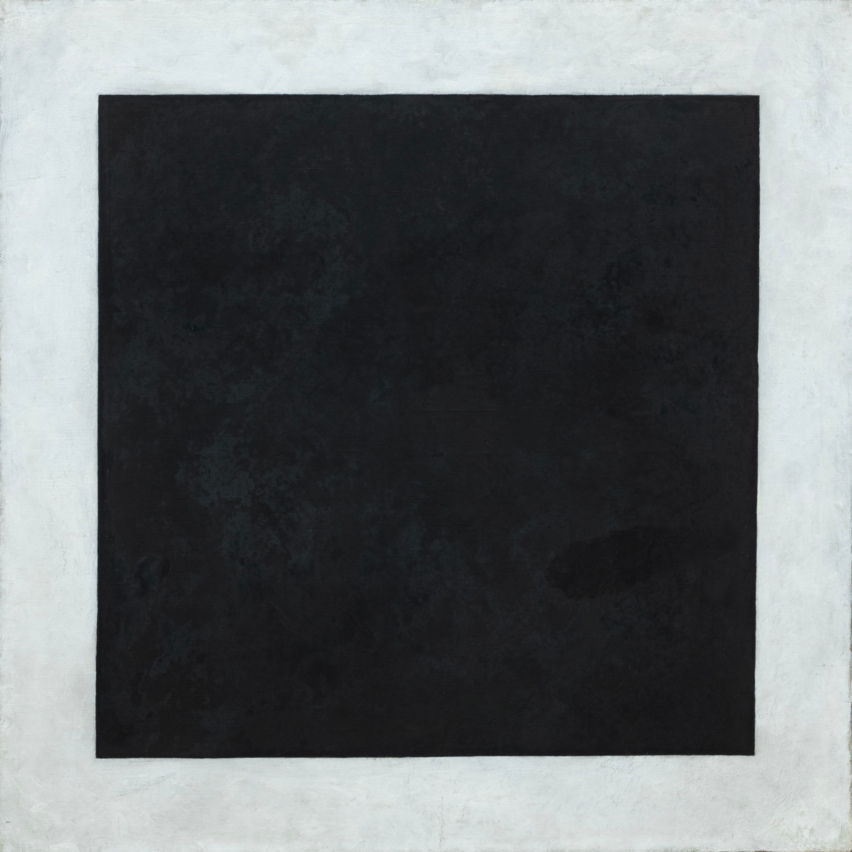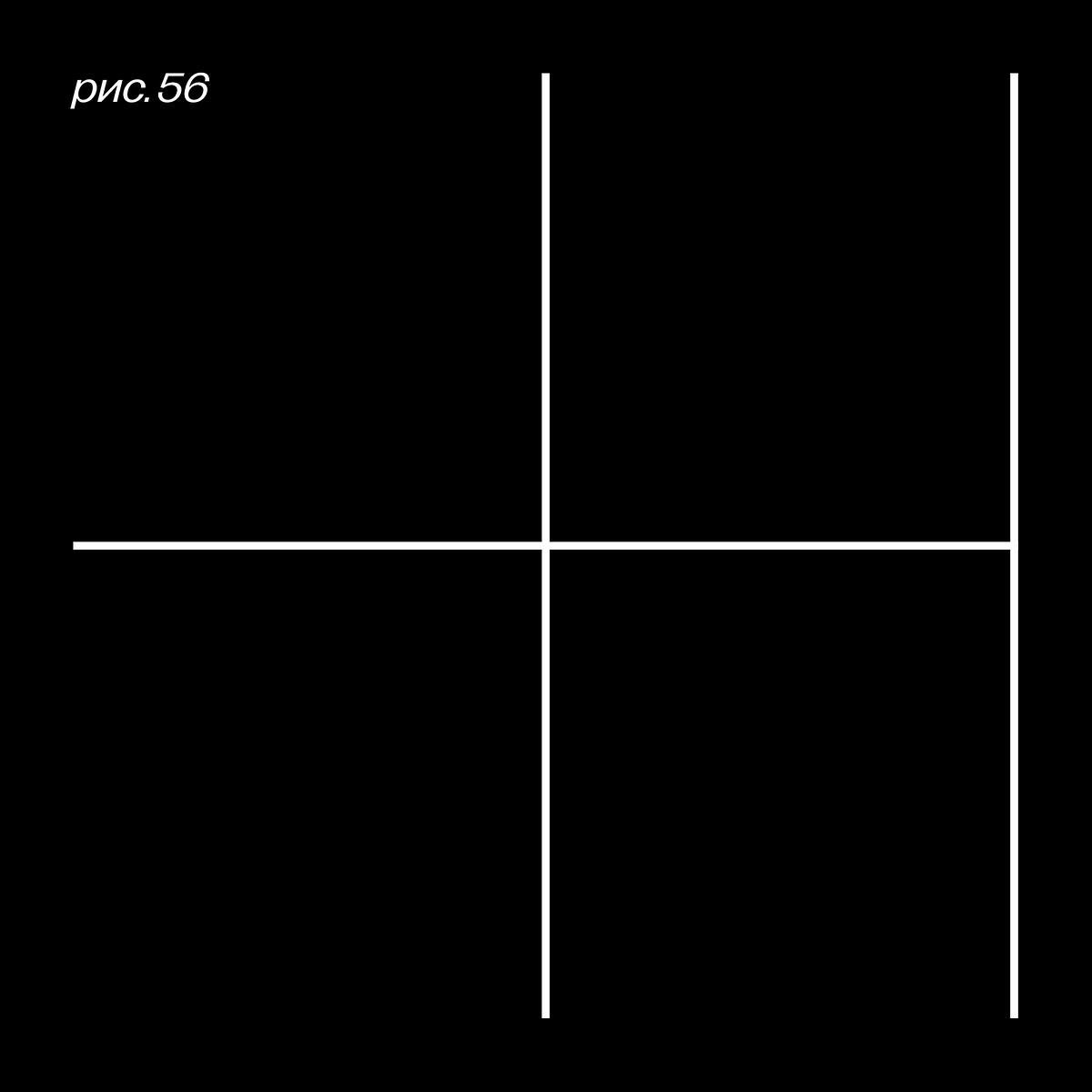
An exhibition exploring the influence of Kazimir Malevich on the art of the twentieth century and the interaction of viewers with the work and the work with the viewer.
An exhibition exploring the influence of Kazimir Malevich on the art of the twentieth century and the interaction of viewers with the work and the work with the viewer.
Kazimir Malevich. Black Square, circa 1923
The State Russian Museum
In Square and Space, two stories unfold in parallel. The first is about how the creative space spills out from a small square canvas to fill a building the size of the House of Culture. The second story, even more important, is that of the relation between the work of art and the viewer over the last century and a half, during which masterpieces ceased to play the leading role. Displaced from the centre of attention to the periphery, they have become optional backgrounds for self-assertion, frames for selfies.
Unlike the Russian kvadrat, the English word “square” has two meanings—one geometric, the other urbanistic. With the invention of the QR code, the geometric square—the most celebrated version of which in art is undoubtedly Kazimir Malevich’s Black Square—has come to contain vast amounts of information (“infinite and eternal,” as Malevich said of his canvas, which, in fact, is far from black, and not, strictly speaking, a square). The urban square, on the other hand, has only become more emptied with the passing of time, due, in part, to the preference of our contemporaries for online communication, at home on their smartphones.
Photo by Daniel Annenkov
Square and Space unites these two meanings of the word “square,” inviting visitors to observe how the canvas that heralded the end of painting more than a hundred years ago came, paradoxically, to serve as a stimulus for further artistic discoveries. A stroll through the twelve sections of this exhibition provides an opportunity to see how colour and light, form and construction, representations of the city and of man in the art of the past and the present were transformed—directly or indirectly—by a single small black square on a white background, and how, in parallel, art was transformed from a quadrangle on a wall into an installation space that draws viewers in.
The exhibition features works by the most prominent artists of the twentieth century: Gerhard Richter’s metaphysical Candle (1982); Pablo Picasso’s cubist masterpiece, the Portrait of Ambroise Vollard (1910); Francis Bacon’s Study for a Portrait (1953), and a 1923 authorial reproduction of Black Square. Also on display are works by Erik Bulatov, Ilya and Emilia Kabakov, Wassily Kandinsky, Aleksandr Rodchenko, Andy Warhol, and other artists. All of them engage in dialogue with one another, and with the very space of the House of Culture. When conceiving the latter, the Italian architect Renzo Piano sought to answer the question posed by Malevich’s painting more than a century ago: whom and what place is art created for? Each exhibit in Square and Space proposes its own answer.
Authors
Ivan Aivazovsky — Nikita Alexeev — Tatiana Andreeva — Francis Bacon — Tatiana Badanina —
Jean-Michel Basquiat — Erik Bulatov — Roman Cherezov — Mikhail Chernyshev —
Ivan Chuikov — Leonid Chupiatov — Thierry de Cordier — Aleksandr Deineka —
Sofia Dymshits-Tolstaya — Maria Ender — Alexandra Exter — Semyon Faibisovich —
Robert Fludd — Vladimir Galkin — Ralph Goings — Antony Gormley — Wade Guyton —
Zaha Hadid — Candida Höfer — Jörg Immendorff — Francisco Infante-Arana — Jasper Johns —
Ilya and Emilia Kabakov — Wassily Kandinsky — Alexander Khlebnikov — Anselm Kiefer —
Ivan Kliun — Viacheslav Koleichuk — Ivan Kudriashov — Arkhip Kuindzhi — Mikhail Le Dentu —
El Lissitzky — Liu Guoqiang — Kazimir Malevich — Vladimir Marin — Mikhail Matiushin —
Meganom studio (Yuri Grigoryan, Pavel Ivanchikov, Ilya Kuleshov, Yuri Kuznetsov,
Alexandra Pavlova) — László Moholy-Nagy — Irina Nakhova — Hermann Nitsch —
Lev Nussberg — Pablo Picasso — Michelangelo Pistoletto — Liubov Popova —
Illarion Pryanishnikov — Dmitry Prigov — Oleg Prokofiev — Prometei Construction Bureau
(Valentin Bukatin, Bulat Galeev, Radik Galyavin, Rustam Saifullin) — Nikolai Punin —
Gerhard Richter — Aleksandr Rodchenko — Mikhail Roginsky — Olga Rozanova —
Konstantin Rozhdestvensky — Vladimir Seleznyov — Vasily Shchetinin — Igor Shelkovsky —
Varvara Stepanova — Laurence Sterne — Rudolf Stingel — Nikolai Suetin — Boris Turetsky —
Lihi Turjeman — Cy Twombly — Victor Vasarely — Oleg Vassiliev — Andy Warhol —
Vladimir Yakovlev — Vladimir Yankilevsky — Alexander Yulikov — Rimma Zanevskaya-Sapgir —
Anya Zhelud
Curators
Francesco Bonami, Zelfira Tregulova
Lead architect
Eugene Asse
Architects
Olga Aistova, Kirill Shiryaev
Producers
Alisa Kekelidze, Veronica Luchnikova,
Ksenia Makshantseva
Assistant Curator
Dmitry Belkin
Technical production
Andrei Belov, Artem Kanifatov, Ksenia Kosaya, Artem Marenkov, Nikita Tolkachev
Art logistics and registration
Angelina Korovina, Daria Krivtsova
Accessibility and inclusion curators
Vlad Kolesnikov, Vera Zamyslova
Media Specialist
Anna Kolpakova
The exhibition is organised in collaboration with
Alina Pinsky Gallery
ART4 Museum
AZ Museum
Borodulin Collection
Bulat Galeev Prometei Foundation for Audiovisual and Science Art
Collection of Anton Kozlov
Collection of Iveta and Tamaz Manasherov
Collection of Sasha Obukhova
Collection of
Ludwig Museum at the State Russian Museum
Moscow Museum of Modern Art
MYRA Collection
Nizhny Novgorod State Art Museum
Oryol Museum of Fine Arts
Pushkin State Museum of Fine Arts
Rudomino Library for Foreign Literature
Russian State Archive of Literature and Art
Russian State Library
Saint Petersburg State Museum of Theatre and Music
Samara Regional Art Museum
Saratov Radishchev State Art Museum
Sedykh Family Collection
Shalva Breus Collection
State Hermitage
State Museum of Fine Arts, Tatarstan
State Museum of Vladimir Mayakovsky
State Museum of the History of Saint Petersburg
State Russian Museum
State Tretyakov Gallery
Viacheslav Koleichuk Family Collection
and other private collections
Official partner of the exhibition
Media partners of the exhibition

